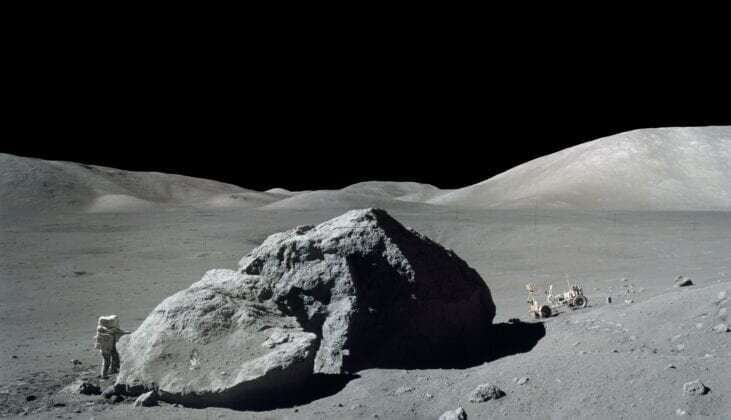The study showcases the extent of Curtin's analytical and numerical capability to solve complex geological problems on a planetary scale," Associate Professor Miljkovic said.
"Dating techniques (Uranium-Lead geochronology) suggested this sample from the moon's Serenitatis Basin is very old, around 4.2 billion years- that's only about 350 million years younger than the entire Solar System, making it a precious sample for learning about the moon's early evolution and our planet's origins.
"The study also provides a new insight into the atomic scale processes that take place in minerals affected by extreme impact events. The analytical work done at Curtin's Geoscience Atom Probe Facility looked at the distribution of atoms in the sample and found that it experienced not one, but two impact events. The second impact transported the sample near to its resting place where it was collected by astronauts."
Numerical impact simulations made at Curtin's Space Science and Technology Center, supported the analytical findings with detailed understanding of the fate of this sample as it was flung across the moon during the impact events that caused the craters.
Director of the SSTC, Professor Phil Bland said Curtin is proud to have played an integral part in uncovering this important story which provides an invaluable reference point to understand the entire bombardment history of the Earth-moon system.
"This research shows that even the tiniest sample brought back from space may yield profound results that advance our understanding of the origins and evolution of Earth and planetary bodies in our Solar System," Professor Bland said.
"It is also an excellent demonstration of the need for more space missions that aim to return samples to Earth, given that the scientific return is enormous."
The paper, "Lunar samples record an impact 4.2 billion years ago that may have formed the Serenitatis Basin," was published in Communications Earth and Environment .
Explore further

